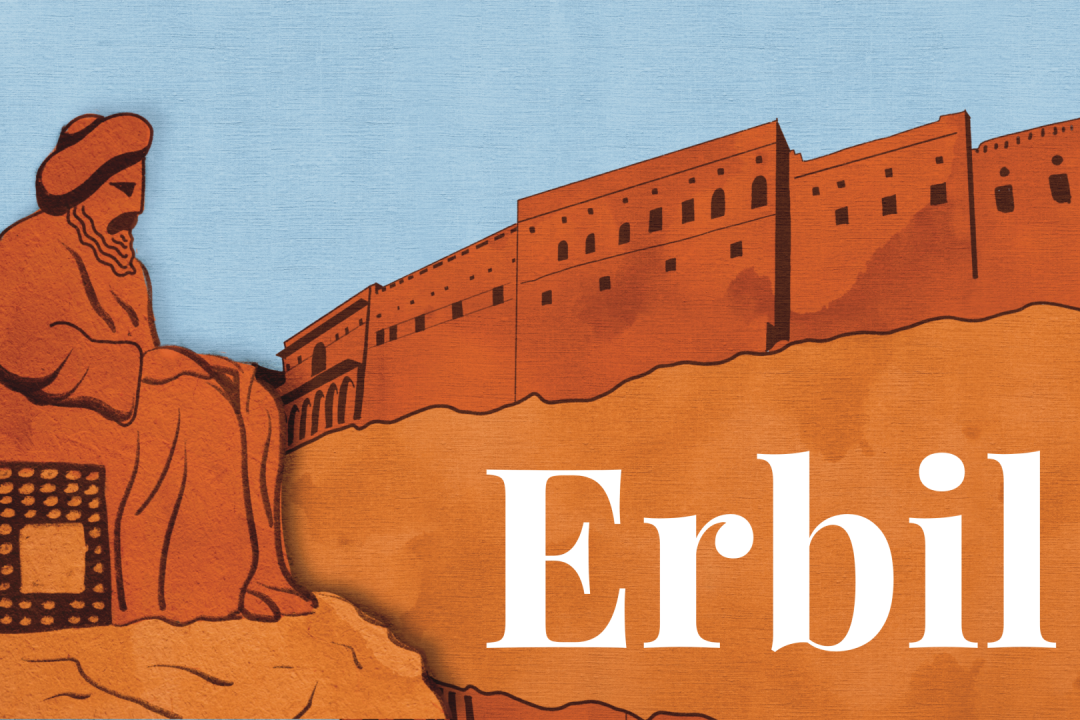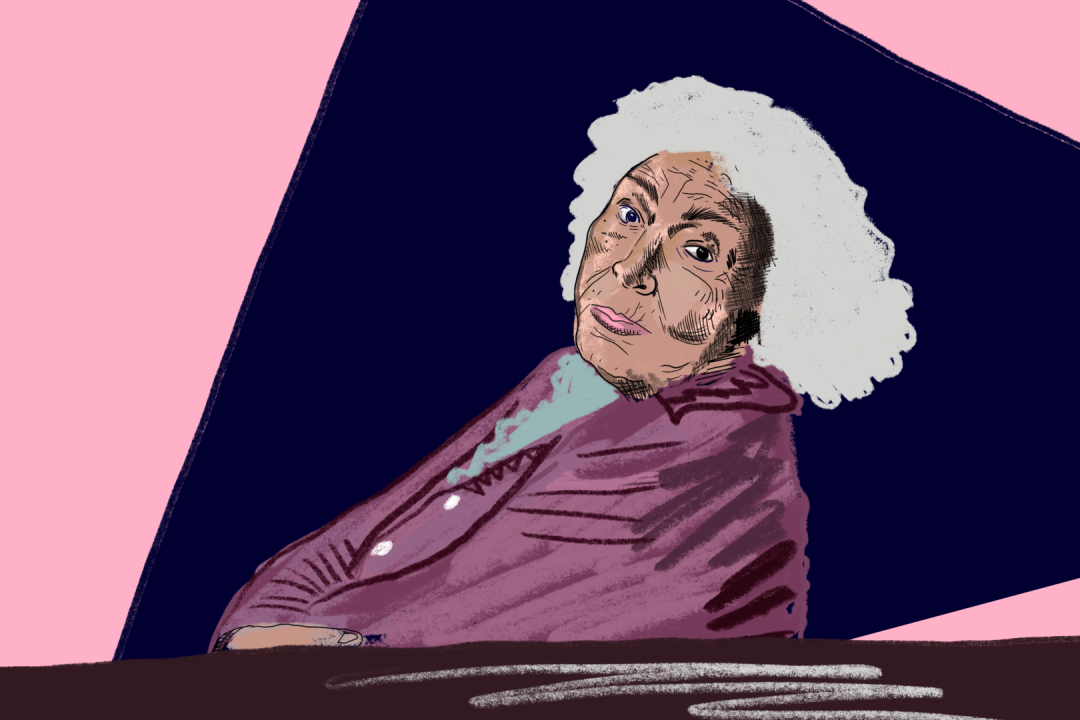
Syria Country profile
The Syrian Arab Republic has a complex history from its historical roots to its recent political instability, and the Syrian Civil War. Syria is considered one of the earliest civilizations in the world, with a rich artistic and cultural heritage. The region connects three continents, and it is instantaneously damned and blessed as a crossroads for commerce, and a battleground for the political intentions of various powers including empires and dynasties. Since early times, before 2000 BC, Syria has been an integral part of the struggle among various local groups as well as invading foreigners. The Syrian empire was involved with a massive commercial network linking Mesopotamia, Anatolia, Egypt, and the Aegean and Syrian coasts. The dominant powers such as the Phoenicians, Aramaeans, Greek, Roman, and Byzantine Empires made an impact on early Syrian history. Starting from 333 B.C., Alexander the Great and his successors brought Western ideas and institutions to Syria. Following Alexander’s death in 323 B.C., the Seleucids took control of Greater Syria. Therefore, the Roman rule saw the advent of Christianity in Syria during the 1st century A.D. St. Paul the Apostle, one of the founders of Christianity, established the first Christian Church at Antioch, the populous city of ancient Syria and modern Turkey.
Until the 17th century, Syria remained at the center of the new Christian religion. Following the Muslim Arab conquest in 635 A.D., and with Damascus as the seat of the Islamic Umayyad Empire, which extended as far as Spain and India between 661 and 750, most Syrians became Muslim, and Arabic replaced Aramaic. After 750, Abbasids conquered Syria, and Umayyad's power declined. Accordingly, Syrian prestige and power declined when Abbasids made Syria a mere province within an empire and established a caliphate in Baghdad. Western colonial ventures in the Middle East were provoked by Muslim control of Christian holy places. Between 1097 and 1144, European Crusaders established the principalities of Edessa, Antioch, Tripoli, and the Latin Kingdom of Jerusalem. Arab forces became unified by declaring jihad against colonists. In 1516, Syria became a province of the Ottoman Empire, which persisted for 400 years.
With the conclusion of World War I, most Arab lands were divided between British and French control as per the Sykes-Picot Agreement of 1916. Modern-day Syria was controlled by the French as of 1920. France and Syria negotiated a treaty of independence in 1936, which accepted Syria to remain independent but ensured France's military and economic power. Shortly after the end of World War II, Syria officially became an independent country in 1946.
The years following Syrian independence were marked by instability and several government coups. In 1958, Syria joined the United Arab Republic with Egypt, but the union split a few years later in 1961. In 1963, the Arab Socialist Baath Party, which was active throughout the Middle East since the late 1940s, overthrew Syrian powers in a coup, recognized as the Baath Revolution. In 1970, the Syrian Minister of Defense at that time, Hafez al-Assad, overthrew Salah Jadid, the de facto leader of the country. Hafez, who belonged to the Shiite Alawite minority, strengthened the Syrian Army with the support of the Soviets and formed the center of power within the country based on Alawite sectarian approaches. He remained in power as president for 30 years until his death in 2000. Hafez’s government and the military were involved in several conflicts, such as the war with Israel in 1973, the civil war in Lebanon, and arresting, torturing and executing about 20,000 civilians in the internal war against the Muslim Brotherhood in 1982. Hafez was succeeded by his son Bashar, at the time 34 years old, whom is still in power as of 2020, following the constitutional amendment to reduce the minimum age of presidency from 40 to 34.
By March 2011, pro-democracy protests exploded throughout the country mainly asking the president Bashar Al-Assad to step down from his authority, ending the hegemony of Assad’s family in the head of the country. These protests developed into a civil war in which several neighboring and internal superpowers intervened, leading to more than 600,000 casualties by the March 2022.
Geography
Syria is located on the east end of the Mediterranean Sea in Southwest Asia, with Turkey to the north, Iraq to the east, Israel and Lebanon to the west and Jordan to the south. Syria's total land area is 185,180 square kilometers (184,050 square kilometers of land and 41,130 square kilometers of water), including 1,295 square kilometers of Israeli-occupied territory. Syria has a total of 2,253 of kilometers land borders; 605 kilometers with Iraq, 76 kilometers with Israel, 375 kilometers with Jordan, 375 kilometers with Lebanon, and 822 kilometers with Turkey.
The most important water source and only navigable river in Syria is the Euphrates River.. It originates in Turkey and flows southeastward across the eastern part of Syria. The western mountains and the coast have a Mediterranean climate with a long dry season from May to October. In the very northwest, there are sunny summer rains. Summers are moderately cool above the altitude of about 1,500 meters. Inland, the climate converts arid, with cooler winters and warmer summers. Maximum temperatures in the deserts, such as at Deir al-Zour and Tadmur, reach averages of 30 to 40s degrees Celsius.
Demography
Syria’s population decreased between 2011 and 2018 due to the civil war. Population growth rate was 3.07% by 2010, where it became -3.37% by 2015. Based on the last records from the World Population Review, more than 5 million people fled to other countries. Following the relatively calm situation in Syria from 2018, the population has started to increase and is expected to exceed 20 million by the end of 2023. Based on the latest United Nations data estimations, the current population of Syria is 17,546,066. Recently, the population of Damascus is estimated at around 1.5 million, Aleppo (1.6 million), Homs (0.7 million), Hamah (0.4 million), Al Hasakah (0.08 million), Idlib (0.1 million), and Latakia (0.3 million). Over 430,000 people were added to Syria's population from new births and refugees returning to the country. Currently, lower than in recent years, the fertility rate is 2.84 births per woman. This fertility rate is predicted to continue decreasing, and the rate trend is expected to be between 1.4 births to 2 births per woman by 2025, according to the latest assumptions by the World Population Review.
About 90 percent are Arabs, and about 9 percent are Kurds. The remaining 1 percent is divided over Armenians, Circassians, and Turkomans. Arabic is the official language and mother tongue of about 90 percent of the population. Kurdish, Armenian, Aramaic, and Circassian are considered minority languages. The educated elites in major cities can understand both English and French. 74 percent are Sunni Muslims (majority) and minority religions include 12 percent Shia Muslim; 10 percent Christians; 3 percent Druze, Jews and Yazidis.
Political Structure
Syria is a military-dominated authoritarian regime with no tolerance for the president’s opposition. The citizens cannot change the government nor the president. The proposed laws by the executive branch may be evaluated or modified, but no laws can be initiated. With a very restricted degree of public accountability, most of the decisions are made by the president and his advisors/assistants in the political, economic, and security sectors.
The constitution obeys to the Arab Socialist Baath Party, and all three branches of government are dominated by its views. Since August 1990, the regime has de-emphasized the socialist aspect in favor of pursuing pan-Arab unity. Moreover, the expansion of government bureaucracy has shaped a large class of citizens loyal to the regime. The most responsible units for imposing the stability of the regime are the Syrian army and internal security forces who are loyal to and dominated by the Alawi sect, to which the Assad family belongs.
Syria’s Constitution from March 13, 1973, defined the basic function of the government and its structure. It also defined Syria as Arab, democratic and republican. The constitution specified that the president’s nation must be Arab and that the religion must be Islam, and that the main source of legislation must be Islamic principles, while Islam is not precisely designated as the state religion. Presidency candidates must be proposed by the Baath Party. The governmental powers are divided among executive, legislative, and judicial branches. Moreover, the arduous role of the presidency is strengthened by the constitution.
In the executive branch, an unopposed popular referendum approved the president for a renewable seven-year term. The President is the head of state, chief executive officer of the government, as well as chief commander of the Syrian armed forces. He appoints his two Vice Presidents, appoints and discharges the Prime Minister, deputy prime ministers, and other members of the cabinet, as well as military officers. The president has the power as per the constitution to dissolve the legislature.
The legislative branch consists of the People’s Council which holds 250 seats. Through a popular vote based on single-member electoral districts, members are elected for four-year terms. Half of the seats in the People’s Council are set aside for the Baath Party. In theory, the main functions of the council include the nomination of a presidential candidate, representation of laws, discussion of government policy, approval of the general budget and the development of plans, and confirmation of treaties. In practice, the executive branch effectively controls the legislative procedure. The assembly may criticize government policies and modify draft laws, but it cannot enterprise legislation.
The judicial branch contains three levels of courts: the Court of the First Instance (magistrate courts, summary courts, and peace courts), the Court of Appeal (one per province), and the Court of Cassation in Damascus, which is considered as the highest court of appeal with the authority to resolve both jurisdictional and judicial issues. The President is the head of the High Judicial Council, composed of senior civil judges, they can appoint, transfer, and discharge judges.



